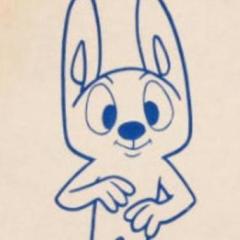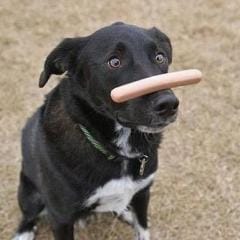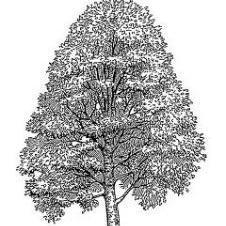Jig & Fixtures
476 topics in this forum
-
- 14 replies
- 327 views
-
- 10 replies
- 1.5k views
-
- 6 replies
- 998 views
-
- 0 replies
- 294 views
-
- 29 replies
- 4.4k views
-
- 2 replies
- 1.1k views
-
- 5 replies
- 1.2k views
-
- 27 replies
- 3k views
-
- 3 replies
- 733 views
-
- 3 replies
- 631 views
-
- 8 replies
- 882 views
-
- 10 replies
- 2.6k views
-
- 15 replies
- 1.3k views
-
- 12 replies
- 1.6k views
-
- 2 replies
- 1.4k views
-
- 14 replies
- 2.1k views
-
- 2 replies
- 650 views
-
- 22 replies
- 1.6k views
-
- 8 replies
- 980 views
-
- 23 replies
- 7.1k views
-
- 11 replies
- 1.1k views
-
- 9 replies
- 1.1k views
-
- 5 replies
- 841 views
-
- 8 replies
- 664 views
-
- 23 replies
- 1.1k views
-
Who's Online 2 Members, 0 Anonymous, 38 Guests (See full list)
-
Forum Statistics
31.2k
Total Topics422.3k
Total Posts -
Member Statistics









